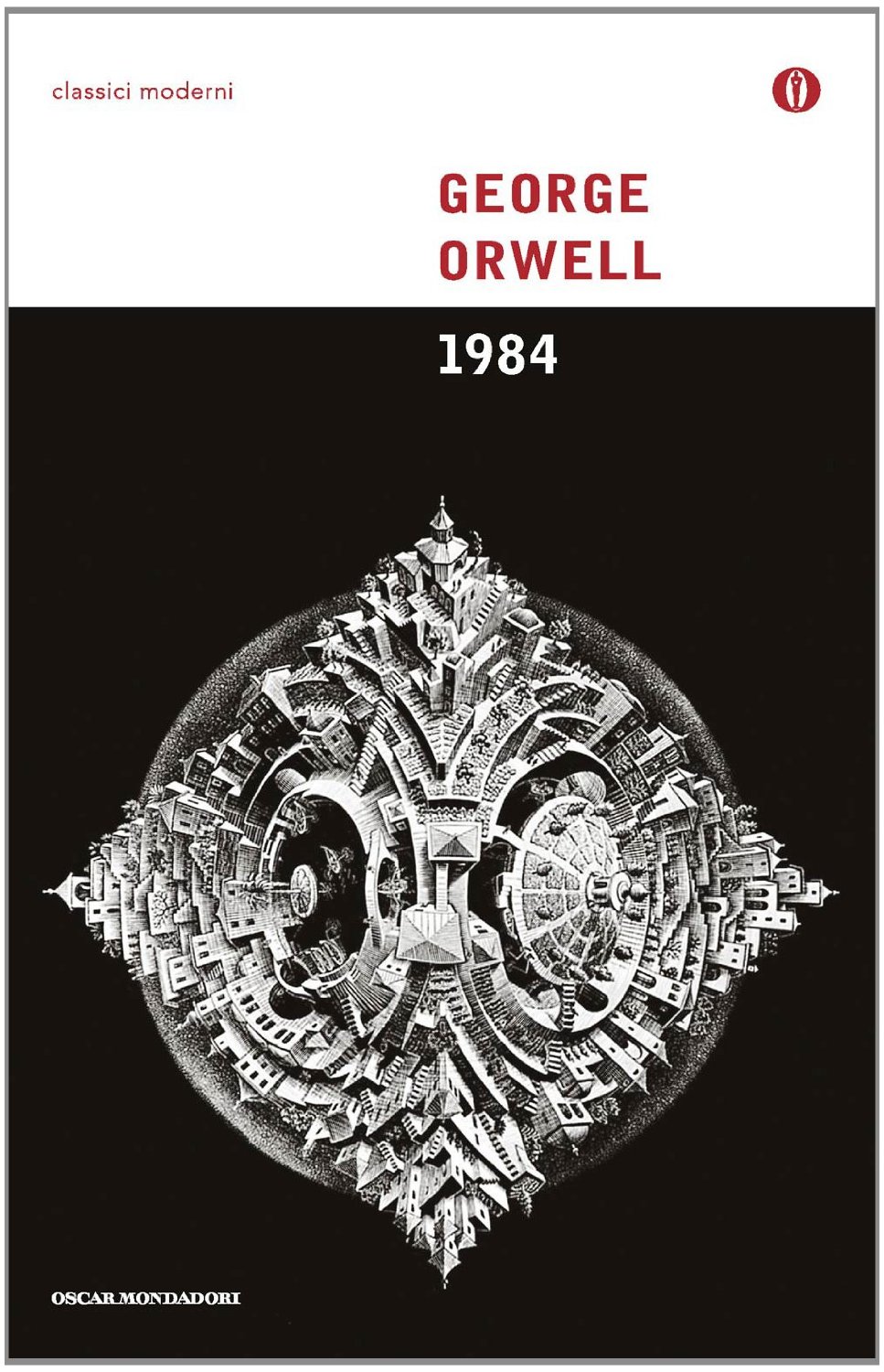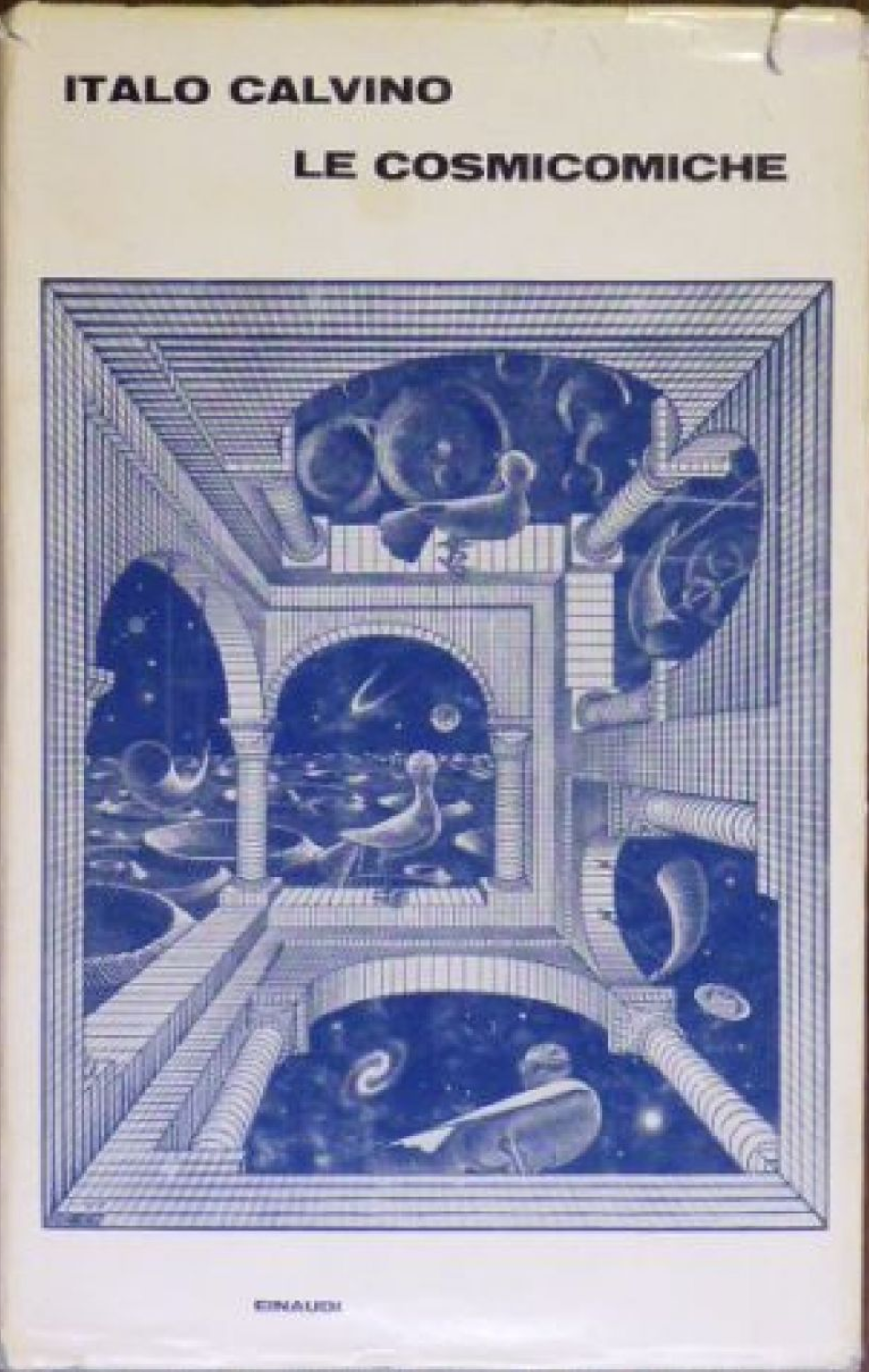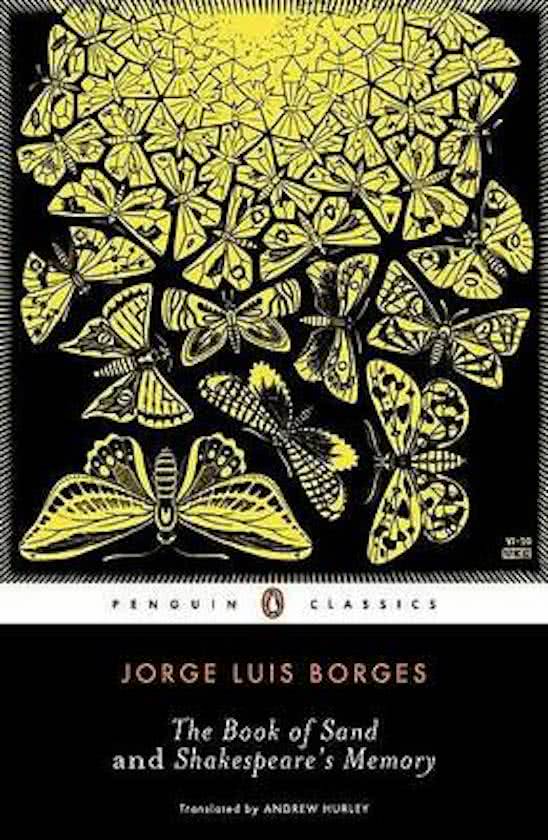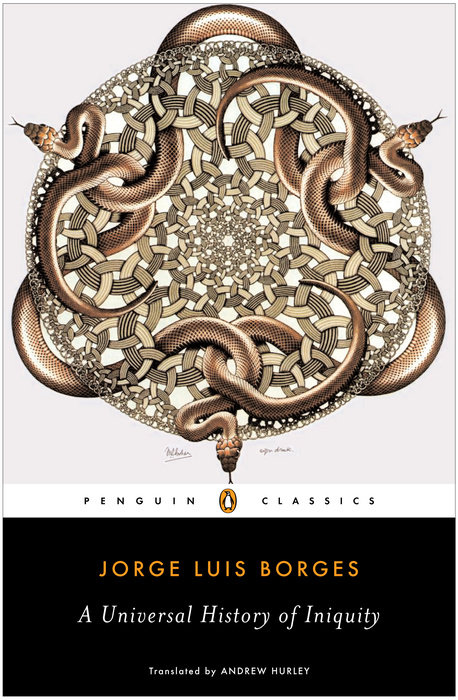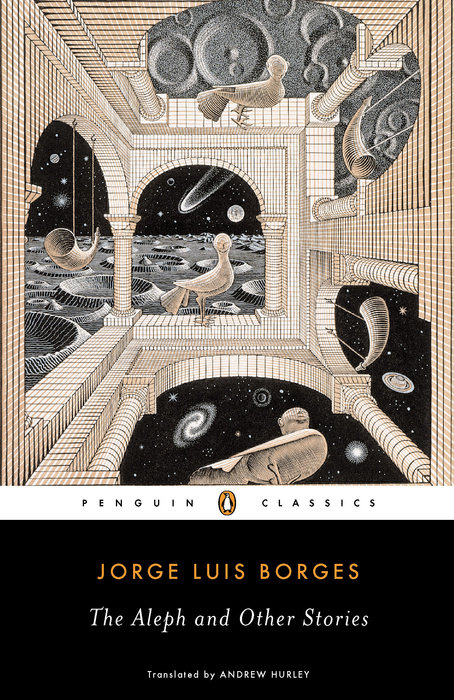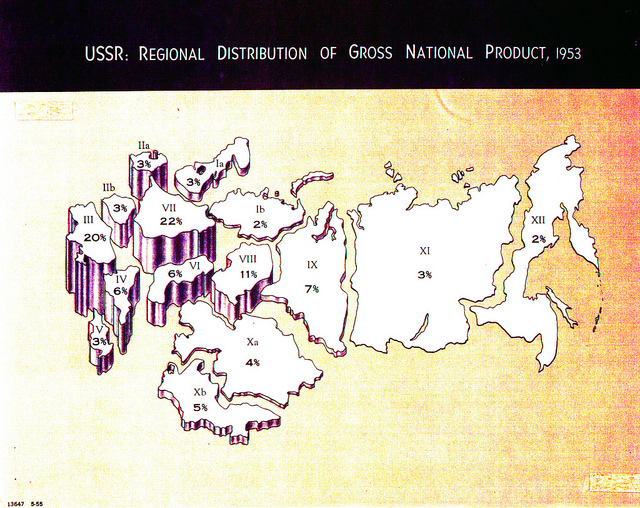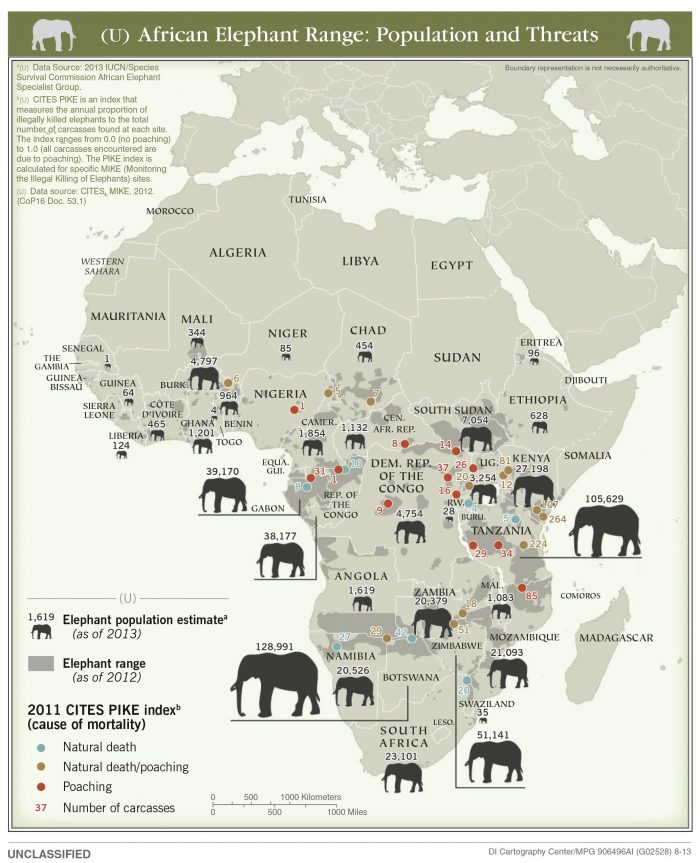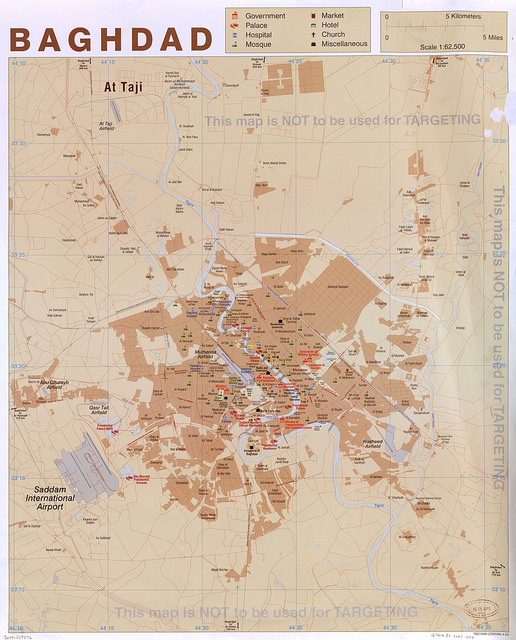In January, 1970—with a line that might have come right out of any number of current opinion pieces taking the media to task—Rolling Stone ripped into Time, Life, Newsweek, the New York Times for their coverage of the 1969 Altamont Free Concert: “When the news media know what the public wants to hear and what they want to believe, they give it to them.”
What did the public want to hear? Apparently that Altamont was “Woodstock West,” full of “peace and love” and “good vibes.” Since, however, it was “undeniable that one man was actually murdered at the concert, a certain minimal adjustment was made, as if that event had been the result of some sort of unpredictable act of God, like a stray bolt of lightning.” The murdered fan, 18-year-old Meredith Hunter, was not, of course, killed by lightning, but stabbed to death by one of the Hell’s Angels who were hired as informal security guards.
Hunter was killed “just 20 feet in front of the stage where Mick Jagger was performing ‘Under My Thumb,’” writes the History Channel: “Unaware of what had just occurred, the Rolling Stones completed their set without further incident, bringing an end to a tumultuous day that also saw three accidental deaths and four live births.”
We know the moment best from the Maysles brothers concert film Gimme Shelter, which opens with a scene of Jagger viewing footage of the violence. See the unrest during “Sympathy for the Devil,” above, and the confused scene of the killing during “Under My Thumb,” further down.
In an interview about that grim day, Joel Selvin, music critic and author of a book on Altamont, sums up the judgment of forty years of history:
It’s one of the few dark days in the history of rock. This was the anti-Woodstock. It also took place in December of 1969, so it bookmarked the end of the ‘60s in a chronological way. The loss of innocence that day really is why this has lasted and why it endures as a cultural touchstone.
The loss of American innocence is an old trope that assumes the country, at some mythical time in the past, was a blameless paradise. But who was to blame for Altamont? The Stones were not held legally accountable, nor was the biker who stabbed Hunter. In another echo from the past into the present, he was acquitted on self-defense grounds. “What happened at Altamont,” was also “not the music’s fault,” writes The New Yorker’s Richard Brody, who blames “Celebrity” and a loss of “benevolent spirits… the idea of the unproduced.”
To ascribe such incredible weight to this incident—to mark it as the end of peace and love and the birth of “infrastructure” and “authority,” as Brody does—seems historically tone deaf. Strictly from the point of view of the Stones’ musical development, we might say that the close of the sixties and the year of Altamont marked a transition to a darker, grittier period, the end of the band’s forays into psychedelia and folk music. That summer, Brian Jones drowned in his swimming pool. And the band followed the sneering “Under My Thumb” at Altamont with a brand new tune, “Brown Sugar,” a song about slavery and rape.
You can hear the first live performance of the song at the top of the post, captured in an audience recording, two years before its official recording and release on 1971’s Sticky Fingers. “It was a song of sadism,” writes Stanley Booth, “savagery, race hate/love, a song of redemption, a song that accepted the fear of night, blackness, chaos, the unknown.” It’s a song that would face instant backlash were it released today. “Twitter would lampoon [the band] with carefully thought out hashtags,” writes Lauretta Charlton, “Multiple Change.org petitions would be signed. The band would be forced to issue an apology.”
Jagger himself said in 1995, “I would never write that song now. I would probably censor myself.” And he has, in many subsequent performances, changed some of the most outrageous lyrics. Charlton confesses to loving and hating the song, calling it “gross, sexist, and stunningly offensive toward black women.” And yet, she says, “When I hear ‘Brown Sugar,’ the outrage hits me like a postscript, and by that point I’m too busy clapping and singing along to be indignant.” Surrounded by the violence at Altamont, Jagger channeled the violence of history in a raunchy blues that—like “Under My Thumb” and “Sympathy for the Devil”—captures the seductive nature of power and sexualized aggression, and gives the lie to facile ideas of innocence, whether of the past or of the contemporary social and political late-sixties scene.
Related Content:
Hear the Never Released Version of The Stones’ “Brown Sugar,” With Eric Clapton on Slide Guitar
The Rolling Stones Introduce Bluesman Howlin’ Wolf on US TV, One of the “Greatest Cultural Moments of the 20th Century” (1965)
The Haunting Background Vocals on The Rolling Stones’ “Gimme Shelter:” Merry Clayton Recalls How They Came to Be
Josh Jones is a writer and musician based in Durham, NC. Follow him at @jdmagness

